It's easy to forget the other bad seasons in recent Packers history; here's a recap
- Oops!Something went wrong.Please try again later.
- Oops!Something went wrong.Please try again later.
- Oops!Something went wrong.Please try again later.
- Oops!Something went wrong.Please try again later.
When was the last time the Packers lost four games in a row? (Well, not that long ago, in 2016, but they lost five of six in 2017 and 2018).
When was the last time the Packers had a losing record? (It's 2018).
When was the last time the Packers were this bad (well, that's relative, but remember they went 4-12 in 2005 so it could be worse ... presumably).
Silverstein:The Packers defense did a lot of tough talking, but the offense actually played that way
It's easy to forget that, yes, the Packers have had some blips on the radar in their three-decade run of excellence. Of course, it's also easy to add caveats — injuries, a different salary-cap situation, an outgoing head coach — that may not apply this year. Could the Packers be on the cusp of several losing seasons? Sure. Could this be the worst stretch of Packers football since the early 1990s? Maybe it will be, but remember Green Bay missed the playoffs in three of four years from 2005 to 2008.
Since the magical run began, these are the seasons where Green Bay missed the playoffs, and why.
1999 (8-8)
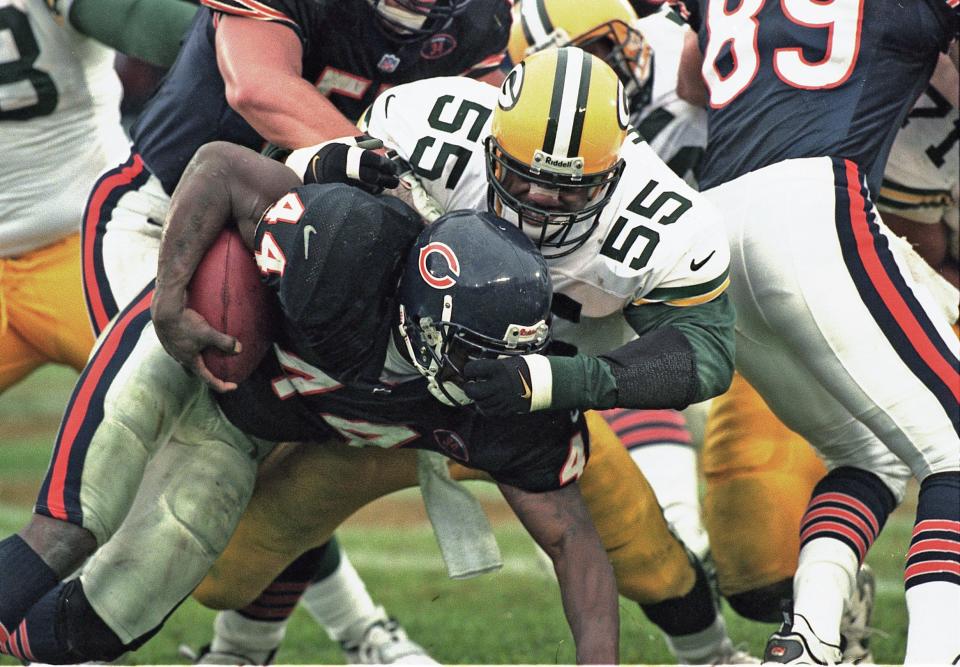
When the Packers emerged from the desert of the 1980s and early 1990s, they rattled off seven straight winning seasons (including a Super Bowl win in 1996), which made the 1999 season a disappointing step back and marked a short-lived tenure for head coach Ray Rhodes, fired after his one and only season at the helm.
How it started: Green Bay opened 3-1 (though all three wins required dramatic touchdown passes in the final minute) and 4-2, with a 31-3 win at San Diego against another team that went 8-8.
What happened next: The Packers then lost three straight (including 14-13 at home against the Bears), rallied back with three wins to move to 8-5, but then lost three straight again to fall into dire straits.
How it ended: Green Bay defeated injury-riddled Arizona 49-24 (their highest point total in 16 years) in a wild, surreal scene where the Packers were keeping an eye on the Panthers-Saints game, trying to stay ahead of Carolina for the tiebreaker (too bad this came in an era where we could mostly watch just one screen at a time). Green Bay succeeded in thrilling fashion to bypass Carolina, but neither team made the playoffs when Dallas won later that night.
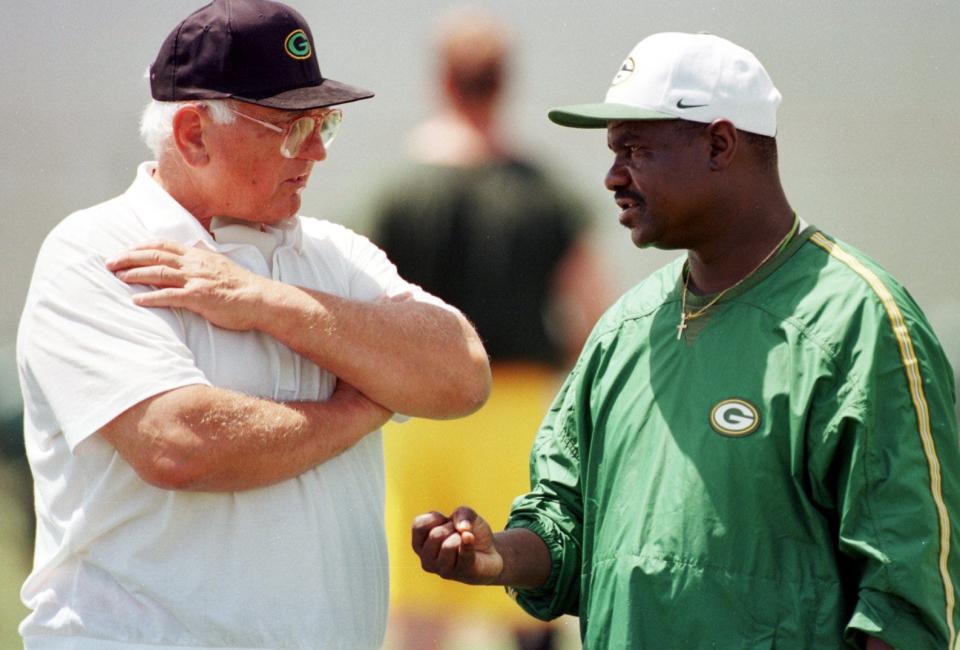
The aftermath: Rhodes was fired, along with his staff, almost immediately. General manager Ron Wolf had told the Journal Sentinel 17 days earlier that Rhodes would return for the second year of his four-year contract, but that was before the Packers lost critical games against Minnesota and Tampa Bay. Names like Bill Parcells and Steve Mariucci were raised as potential replacements for the job that eventually went to Mike Sherman.
Why'd it go wrong?: Wolf had trouble explaining it, but a lack of fire was cited as part of the reason he quickly fired Rhodes. Brett Favre, battling a bad thumb injury, had a passer rating of 74.7, a dramatic dropoff that ranked him 25th in the league. Favre still broke Ron Jaworski's record for consecutive starts by a quarterback during the year. Tight end Mark Chmura was placed on injured reserve early in the season with a neck injury. Reggie White retired before the season (then came back in 2000 with Carolina), though he'd seemingly been waffling about the possibility, but the Packers were prepared to move on, perhaps too eagerly when White's absence loomed as large as it did. The special teams were abysmal.
2000 (9-7)
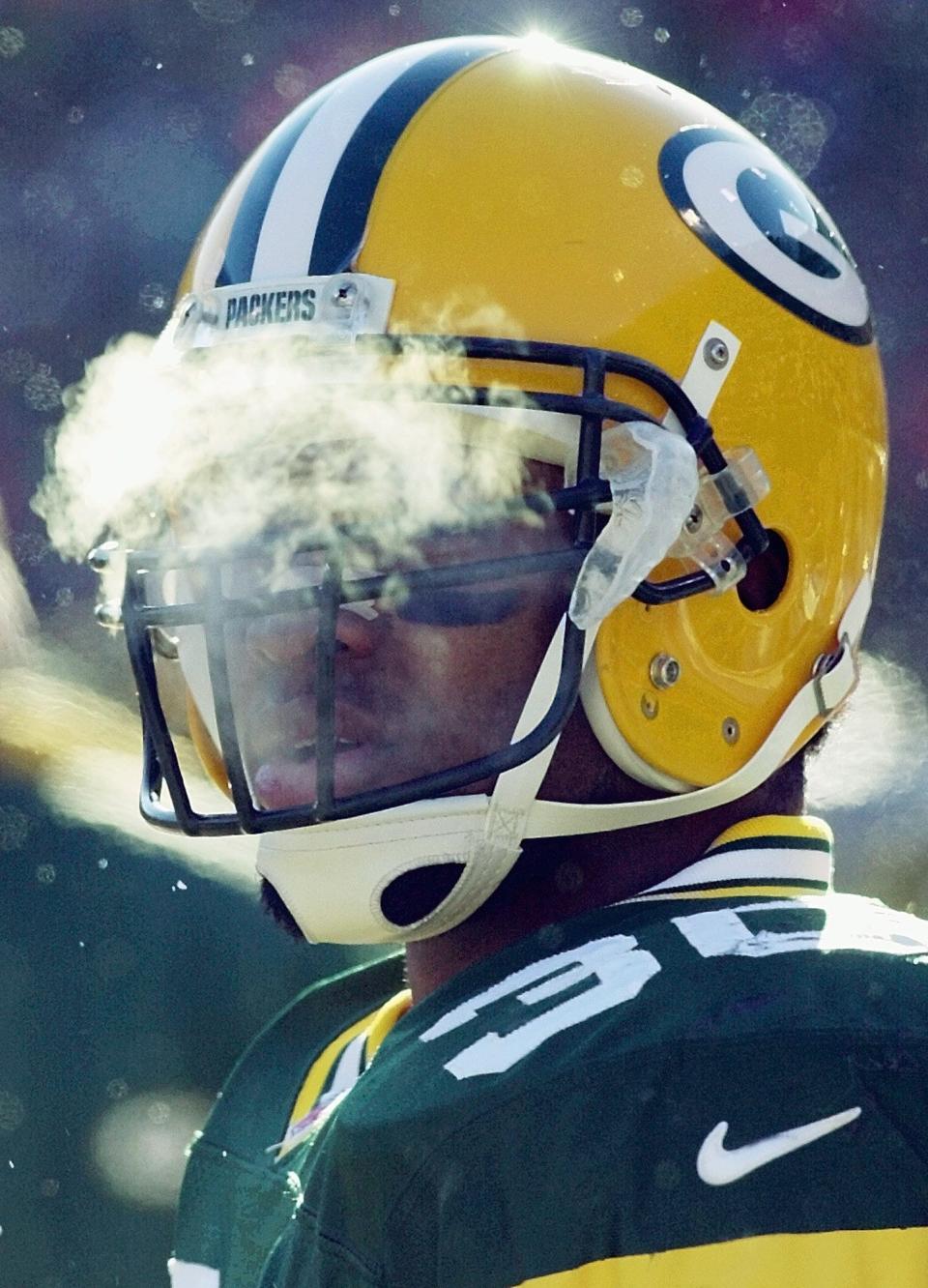
Mike Sherman's first year at the helm wasn't a bad one, but the Packers still missed the playoffs for a second straight season.
How it started: Green Bay opened 0-2, then 2-2 before falling to 4-6, with one of those wins coming in overtime against the Vikings and another by a 6-3 score over the Eagles.
What happened next: Green Bay finished the season with a flourish, winning five of its last six and four straight. Before that, Green Bay staged an unforgettable Monday Night Football win over Minnesota in the rain.
How it ended: On a freezing Christmas Eve game at Lambeau Field, the Packers won in overtime against Tampa Bay in the finale when Martin Gramatica missed a 40-yard field goal just before time expired in regulation. But by the time Ryan Longwell won the game in overtime, defending Super Bowl champion St. Louis had defeated New Orleans to secure the sixth and final NFC playoff spot, leaving the Packers on the outside looking in.
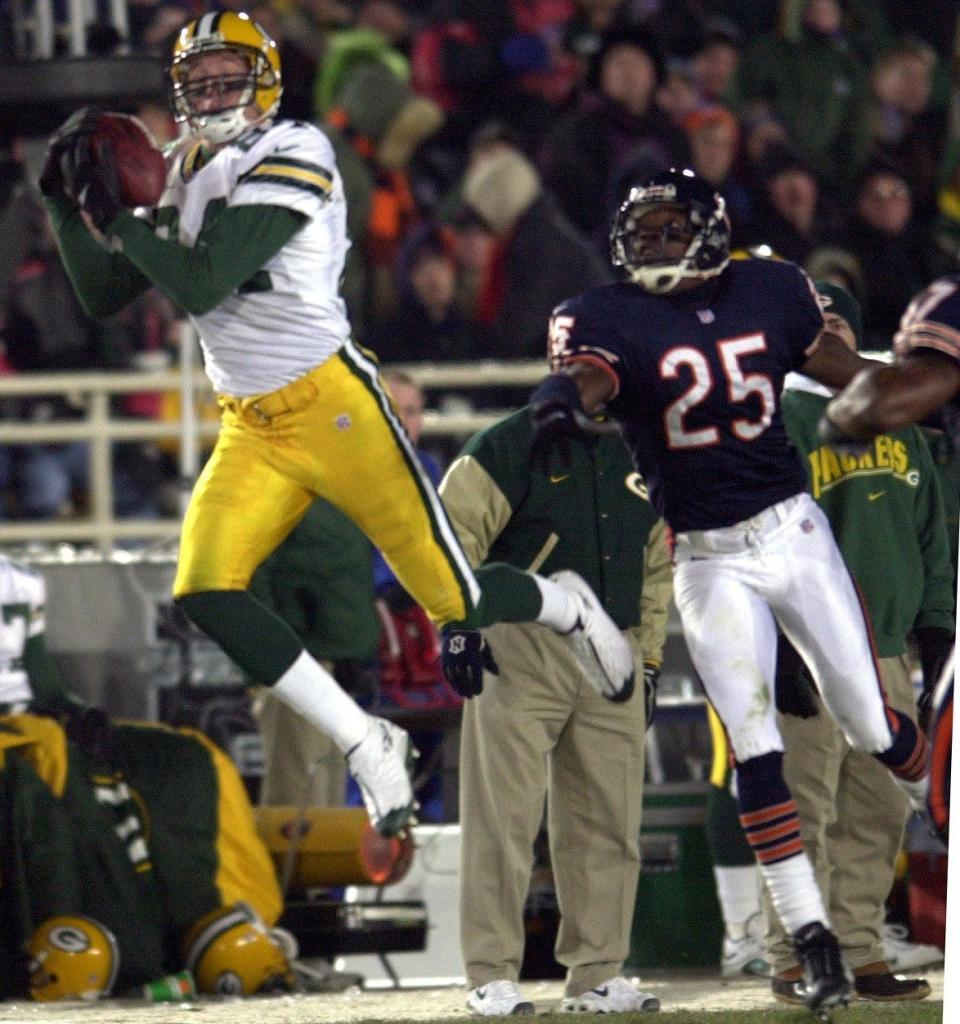
The aftermath: There was a great deal more optimism this season than one year earlier. "We've turned the corner," GM Ron Wolf said. "We've got a young offensive line. Our quarterback. Young backs. Good young receivers. The tight end is going to be a lot better."
Why'd it go wrong?: This Packers team was decimated by injury, with nine starters missing significant time, including Frank Winters, Vonnie Holiday and Dorsey Levens. Ahman Green had a huge year, but running back De'Mond Parker was left to carry the load in the final game of the season once Green went out. Antonio Freeman was fined for not making meetings late in the final week of the season and was inactive on game day, leading to acrimony in the locker room over Freeman's actions (Freeman still came back in 2001 and returned to the Packers in 2003).
2005 (4-12)

Sherman was fired after the Packers endured their worst season this century.
How it started: The Packers lost their first four games, then started 1-7, including a buzzer-beating loss to Minnesota. It just wasn't meant to be.
What happened next: The Packers had three losing streaks of three or more games, and the wins included an overtime triumph at home against Detroit (which went 5-11) and a 52-3 win over a three-win Saints team. Overall, the Packers lost eight games by 7 points or fewer, and five of those by 3 or fewer.
How it ended: The Packers scored a 23-17 win over Seattle, a team that finished 13-3 on its way to the Super Bowl, though future Packers backup Seneca Wallace handled most of the game for a team that had clinched the No. 1 seed in the NFC. Former Packers coach Mike Holmgren also played the entire second half with just one regular starter on the field. Brett Favre was surrounded by cameras as he walked off the field, with many thinking this could be his final NFL game (lol), and fans chanted, "one more year."
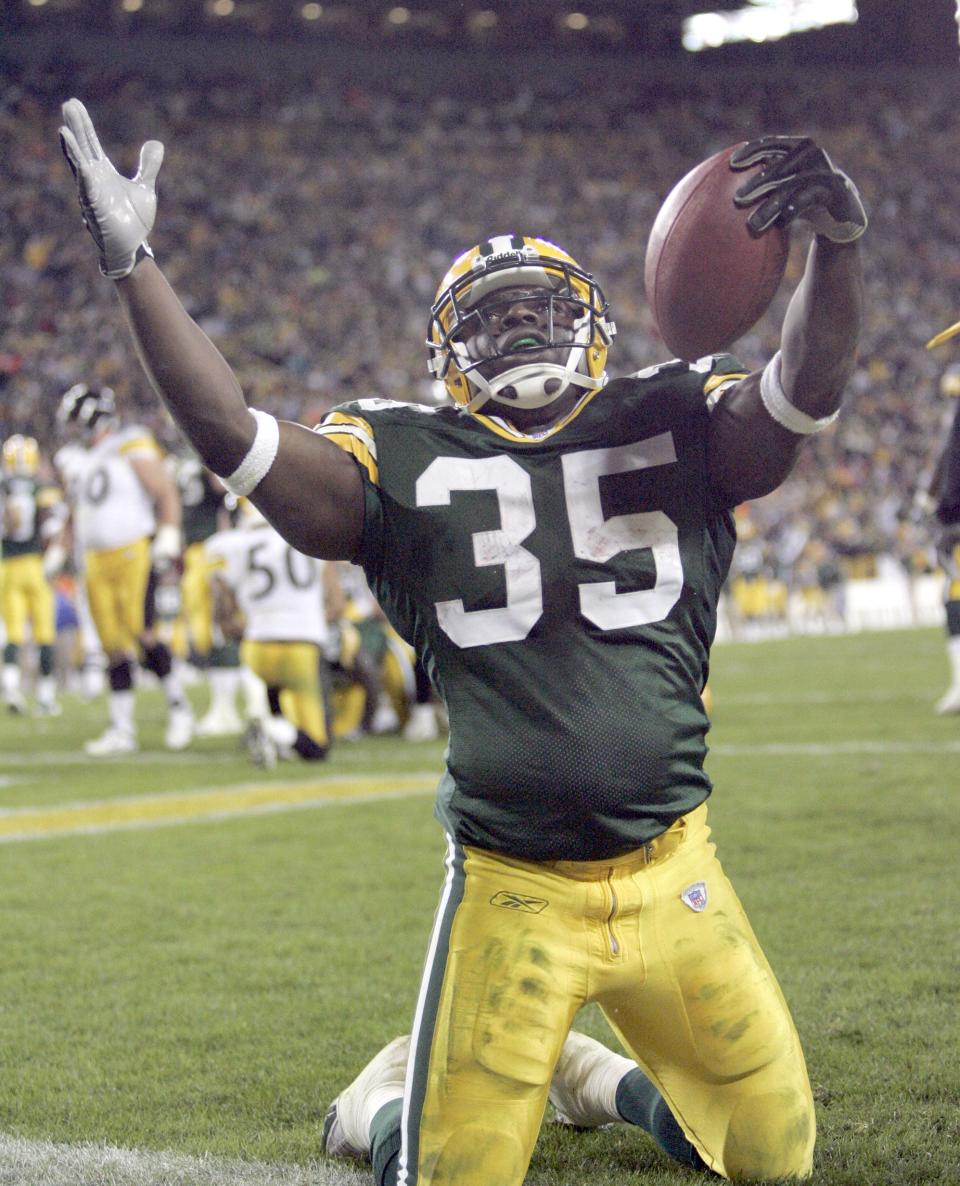
The aftermath: Sherman was fired, and the Packers wound up hiring 49ers offensive coordinator Mike McCarthy. Sherman's four-year run as coach/general manager seemed to grade out as a failure, with an erosion of talent that had really showed up by this season. With Ted Thompson hired as GM for the 2005 season, it was easy to see the partnership between Sherman and the Packers coming to an end.
Why'd it go wrong: Because of everything. Eleven starters missed 66 games combined with injury. Favre had an abysmal year, with a 70.9 passer rating that ranked him 31st in the NFL, with a remarkable 29 interceptions (12 more than anyone in the league). Javon Walker's Week 1 injury loss proved to be devastating. They couldn't run either, ranking 30th in the league with 84.5 yards per game. With Mike Wahle and Marco Rivera elsewhere, a refashioned offensive line couldn't block. Ahman Green and Najeh Davenport got injured, leading to the feel-good emergence of Samkon Gado. Even facing backup quarterbacks in five-plus games, the Packers passing defense was below average, and the team's rushing defense collapsed as the year progressed. Special teams were atrocious, ranking 31st. Punter B.J. Sander struggled mightily. The Packers committed 45 giveaways and took the ball away only 21 times, and they committed the most penalties (119) since 1987.
2006 (8-8)
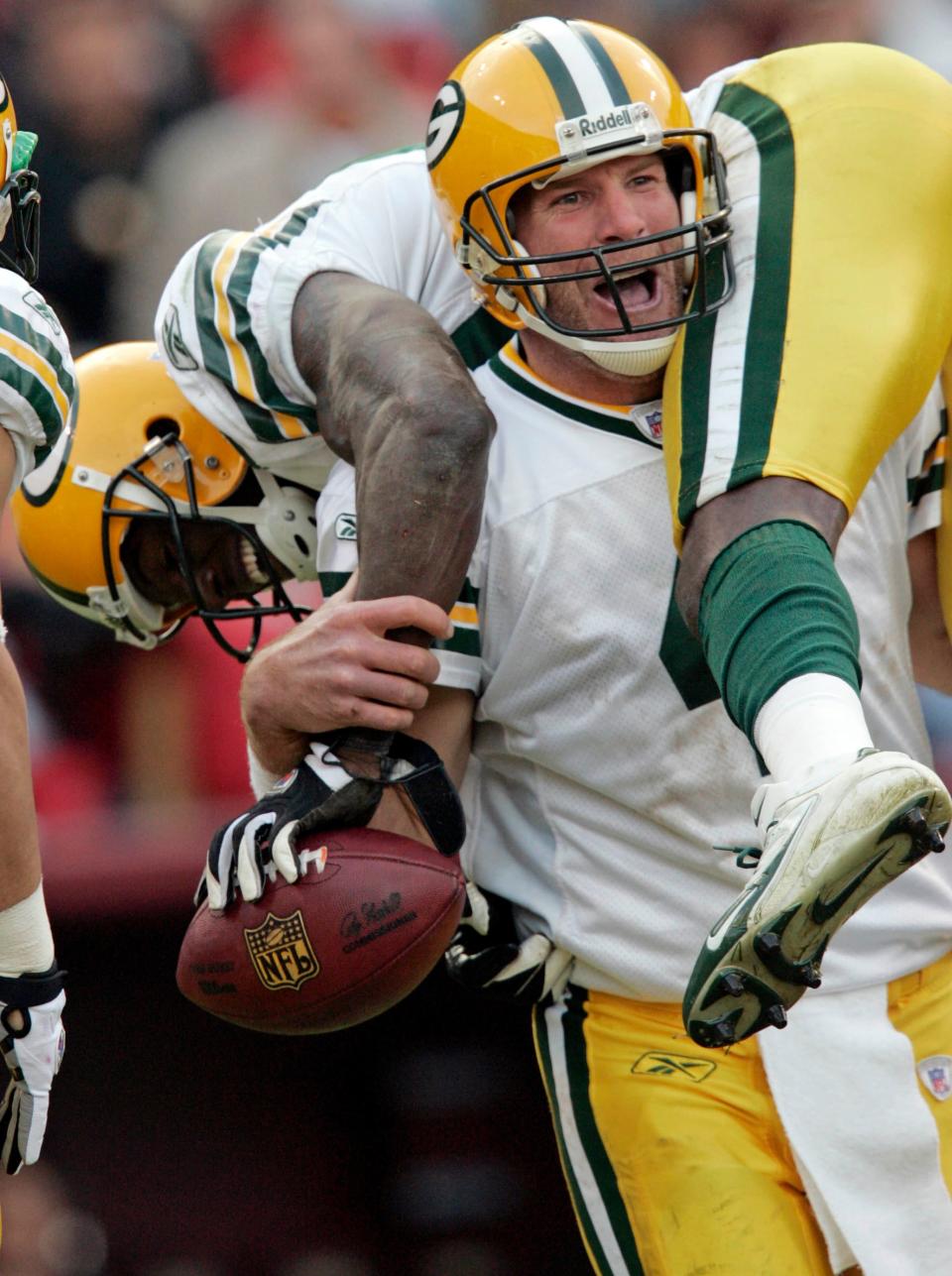
In the first year of Mike McCarthy, the Packers laid the groundwork for a run to the NFC championship game a year later. But they weren't there just yet.
How it started: Green Bay lost four of its first five games, with a 7-point win over a Detroit team that eventually went 3-13 as the only bright spot.
What happened next: Green Bay never got above .500 but finished the season with four straight wins, albeit three games against teams with losing records and a finale win against a Bears team that was already locked in for the playoffs.
How it ended: The Packers defeated the Bears at Soldier Field 26-7 to give Chicago just its third loss of the year (but it was the only win of the season against a team with a winning record). The eventual Super Bowl runner-up was playing with Brian Griese at quarterback. After the game, Brett Favre tearfully indicated that he was going to retire in an on-field TV interview saying, "I couldn't ask for a better way to go out." (lol.) The Packers were one of three 8-8 teams that lost out to the Giants on tiebreakers for the last playoff berth. Green Bay entered the finale needing eight outcomes to go its way.
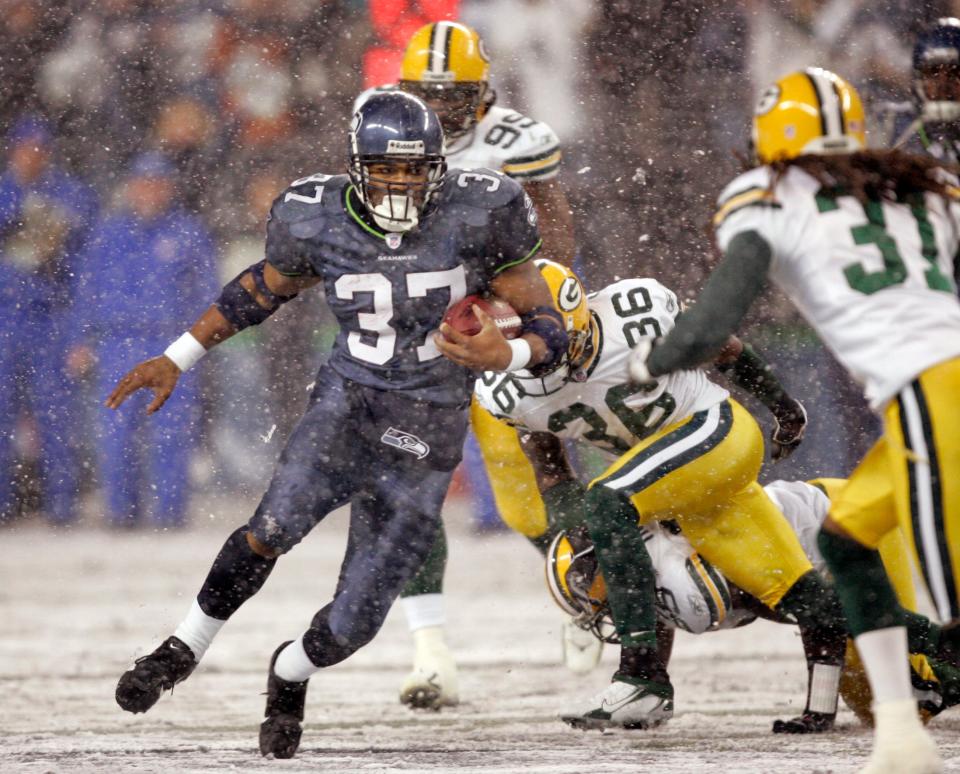
The aftermath: Green Bay was supposed to be as terrible as it had been in 2005, so the outcome of getting into the playoff conversation was considered marked progress. Most were impressed with McCarthy's first year on the job, producing the second-biggest turnaround in franchise history. The Packers were healthy, contributing to the quick fix.
Why'd it go wrong: The youngest team in the league (finishing the year with 16 rookies and four first-year players) fared OK with a new coach, but it finished 22nd in NFL scoring. Favre trimmed his interception total from 29 to 18, but he still ranked 25th in passer rating. Pass rushing improved and the team recorded the fourth-most sacks in the NFL, but the secondary was below average. Special teams were bad again, but the team made some good moves, including adding Charles Woodson and Ryan Pickett and getting a high volume of contributions from the draft class.
2008 (6-10)
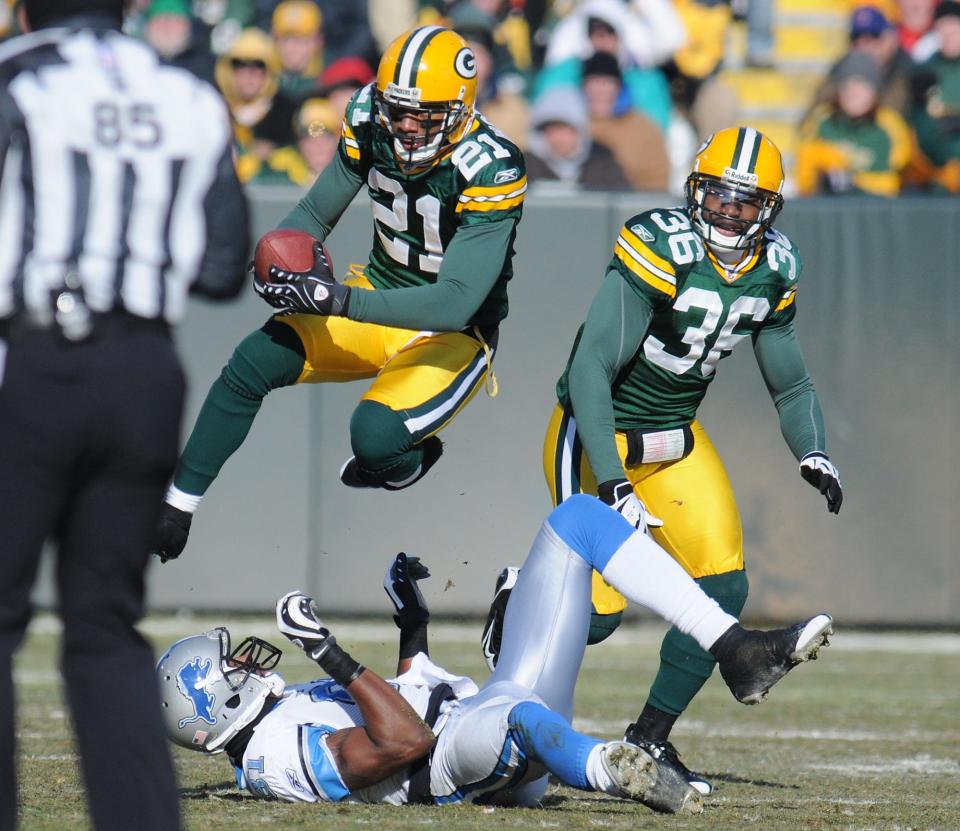
It's easy to forget that the Packers went to the playoffs under Mike McCarthy with Brett Favre at the helm but then took a step back in the first year of Aaron Rodgers.
How it started: The Packers opened 2-0, then took a backslide with three straight losses.
What happened next: The Packers were 5-5 after a big win over the Bears but lost five straight games, including an overtime battle at Soldier Field in the rematch, to fall out of the playoff picture.
How it ended: The Packers won 31-21 at home over the Lions, sealing Detroit's 0-16 record. Even when times were tough, the Packers could count on a win over Detroit at Lambeau Field, though the headline in the Journal Sentinel was "Good for nothing victory only keeps them from further humiliation."
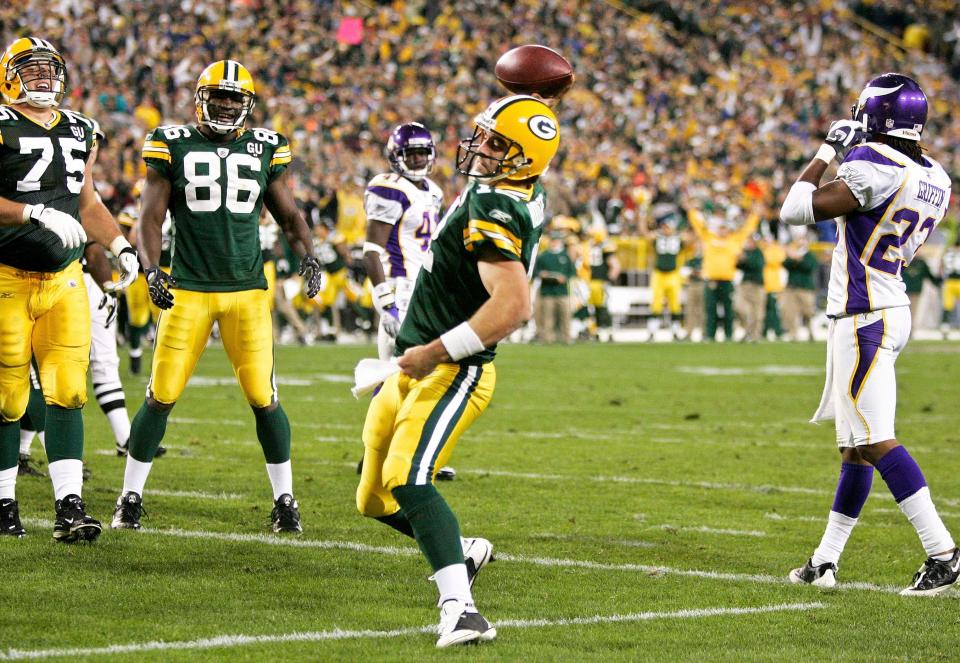
The aftermath: The first year without Brett Favre was understandably one of scrutiny, but it seemed like Ted Thompson had made the right choice; Aaron Rodgers wasn't yet the world-beater he'd become, but he fared better than Favre with the Jets. Many fans were still furious with the team for low-balling an offer to Favre, and the Packers still weren't a playoff team after an NFC title-game run the year before. Despite the record, the Packers actually had a positive point differential.
Why'd it go wrong: The point differential perhaps points to an inability to finish games, or maybe just some bad luck. The run defense faded dramatically in the second half, leading to a 26th overall ranking for its worst NFL ranking in rushing yards allowed per game since 1983. Seven of the losses came with the Packers tied or leading late in the fourth quarter. Green Bay led the league in penalty yardage and remained the youngest in the league for a third straight year, and fell seven games in the standings from the year before, a club record.
2017 (7-9)
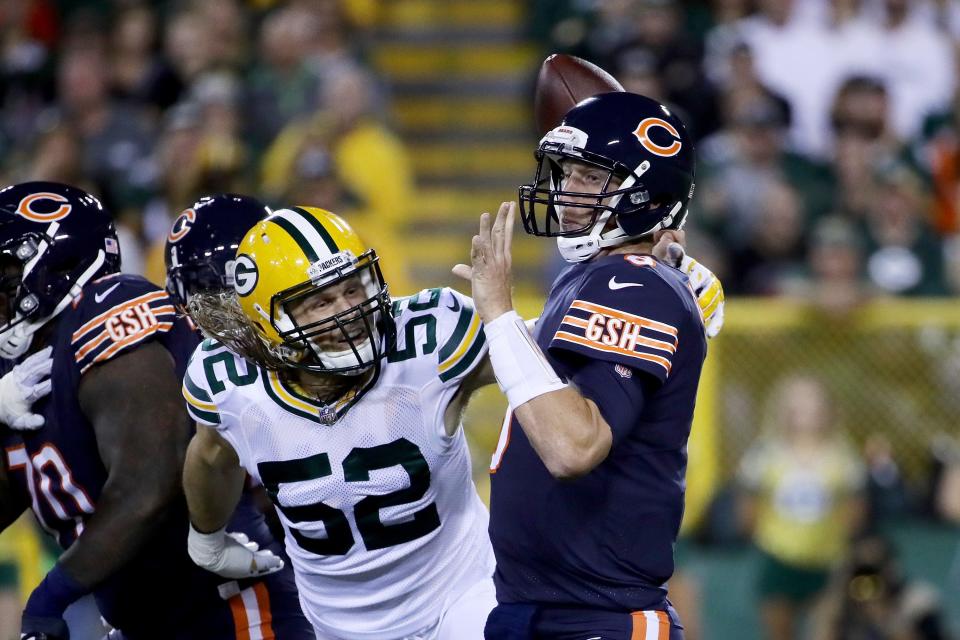
After an eight-year streak of making the playoffs, the Packers were on the outside in a year when they were hamstrung by an injury to quarterback Aaron Rodgers.
How it started: The Packers jumped to a 4-1 record, with an overtime win at home against Cincinnati among the victories and a thrilling win over the Cowboys. After that, things went sideways, with a loss against Minnesota on Oct. 15 … and an injury to Rodgers.
What happened next: Rodgers was injured in the first quarter against the Vikings on an Atnhony Barr tackle — the fallout from the play can be felt across the NFL. With Brett Hundley at the helm, the Packers were not the same, losing five of their next six games (including that setback in Minnesota). After a pair of overtime wins, the Packers still had a chance to go to the playoffs, and Rodgers returned for a December game at Carolina. But he couldn't quite make it happen, and the Packers fell 31-24 to get eliminated from the postseason.
How it ended: With playoff aspirations thwarted, the Packers rested Rodgers the final two games and lost both to Minnesota and Detroit.
The aftermath: After a long stretch of fan clamoring, defensive coordinator Dom Capers was fired after the season, as was offensive coordinator Edgar Bennett. General manager Ted Thompson was also shifted out of his role after 13 years. The Packers turned to Brian Gutekunst, a longtime member of the Packers front office, to fill the vacancy left by Thompson, and Mike Pettine became the team's defensive coordinator, with Joe Philbin returning as offensive coordinator (and later interim head coach).
Why'd it go wrong: This is pretty simple: Rodgers got hurt and Hundley wasn't at a level where he could lead an NFL team. Hundley showed some flashes but didn't show enough progress over nine starts.
2018 (6-9-1)
This time, Aaron Rodgers was healthy — though a scare in Week 1 might have left lingering pain for most of the year. By the end of the season, Mike McCarthy was out as coach and the Packers were facing back-to-back disappointing years.
How it started: Week 1 was legendary, when Rodgers appeared to sustain a serious knee injury in the first half of a Sunday Night Football game against the Bears, only to return in the second half and lead a rousing comeback win with three fourth-quarter touchdowns for the largest fourth-quarter comeback in franchise history. But that was the high point of the season. Green Bay tied Minnesota the next week — and only because kicker Daniel Carlson shanked a gimme would-be winning field goal, then lost to Washington. By Week 10, they were 4-4-1.
What happened next: A devastating three-game losing streak to Seattle, Minnesota and Arizona put the Packers in dire straits. Against the Cardinals on Dec. 2, Mason Crosby missed a tying field goal with 3 seconds left as the Packers lost to a 3-9 team (arguably the worst in the NFL) 20-17. Afterward, McCarthy was fired with four games left in the season.
How it finished: The Packers defeated Atlanta the next week 34-20, but went 1-2 the rest of the way and needed overtime for the win against the Jets. A 31-0 loss to Detroit capped the franchise's worst season in 13 years.
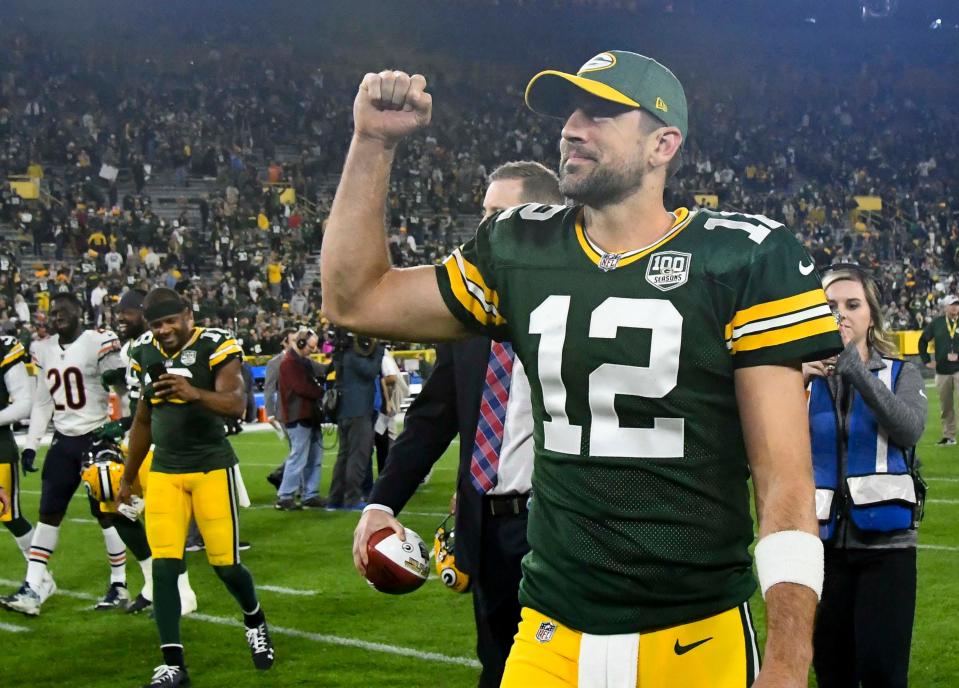
The aftermath: The Packers hired relative unknown Matt LaFleur to replace McCarthy.
Why'd it go wrong: Rodgers had a down season, and outside of star Davante Adams, the rest of the receiving options were injured or ineffective. Aaron Jones started the year on a two-game suspension and suffered an MCL injury later in the season. On defense, Clay Matthews was in his final days as a difference maker as part of an uninspiring linebacker group and the secondary faced its own cadre of injuries. Special teams couldn't have been much worse.
JR Radcliffe can be reached at (262) 361-9141 or jradcliffe@gannett.com. Follow him on Twitter at @JRRadcliffe.
Our subscribers make this reporting possible. Please consider supporting local journalism by subscribing to the Journal Sentinel at jsonline.com/deal.
DOWNLOAD THE APP: Get the latest news, sports and more
This article originally appeared on Milwaukee Journal Sentinel: Why the other recent non-playoff Green Bay Packers seasons went wrong

